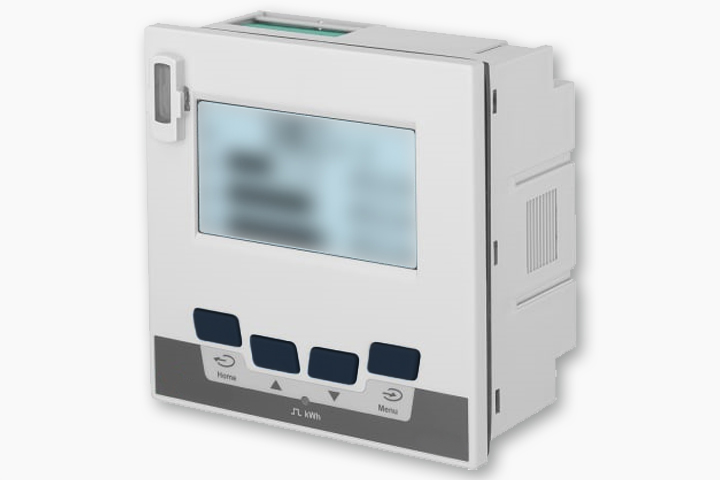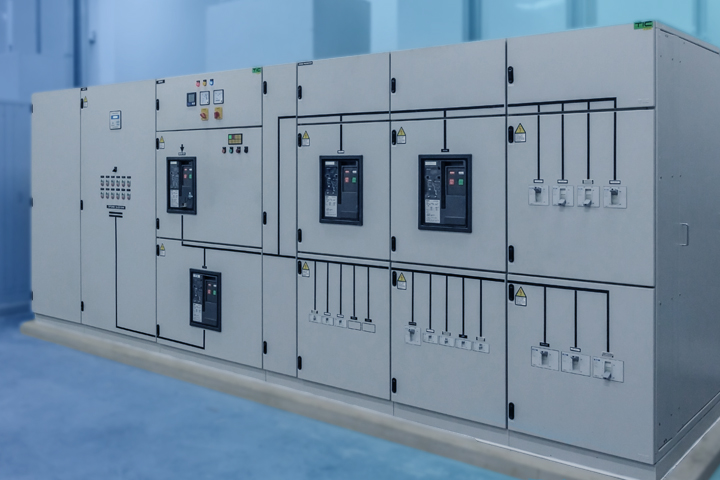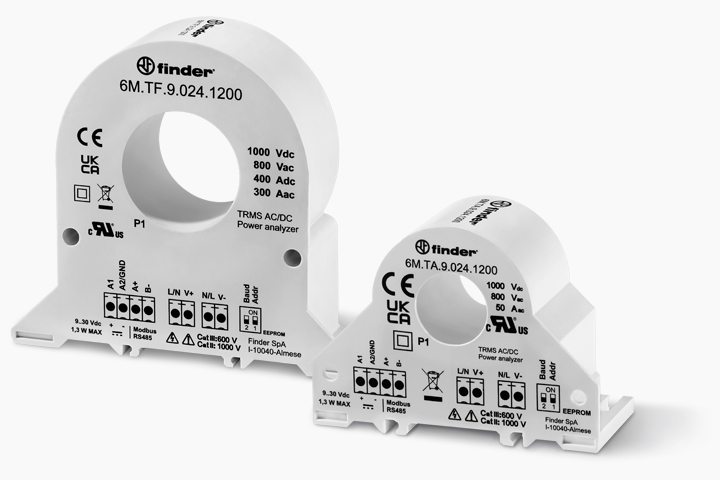6M Power Analyzer

Curious on what your inbound power is? Concerned on minimum – maximum levels of voltage, current, tolerance? How about a specific system application and energy usage?
In the past and to this day we often do not make a point of incorporating network or power analytical equipment into system applications. Too large, too expensive, too cumbersome, added only when absolutely necessary.
Why is this important in the first place?
Systems are designed to operate within a narrowing parameter of specifications. Phase indifference, voltage or current fluctuations and other factors will affect performance, component life and downtime. Monitoring a group of network attributes can assist that the end application operates in accordance with designer specifications and peak efficiency.
Take for example that an inrush of current to the system over a period of months could shorten application lifespan. Now add monitoring of the network, analyzing the inbound current against preset min – max values. Any erroneous spikes are captured and communicated, allowing a maintenance technician reviewing the data to react accordingly.

Why now? What limited this prior to?
Past solutions to monitor this group of parameters were often costly, bulky, taking up both internal and front face enclosure real estate. They were added when necessary but not a widespread approach, limiting industry benefits.
What about energy benefits?
While, yet, this is not a popular component of many applications, it is likely set to change as grids become more loaded; cost / kWh increases, putting focus on consumption over cost of equipment.
Look at any range of equipment from commercial ovens, HVAC, high-end refrigeration, and many others. A great design feature to not only monitor inbound power but usage. With this data, end users or monitoring services can offer up to date reports on performance and even equipment maintenance demands. A simple device added to the system design can take the guess work out of the unknown.


As we modernize our global technology and approaches, there are cutting edge applications for this type of solution. We’ve seen an influx in EV vehicles and a fast-growing infrastructure of charging stations. It is not uncommon these days to see charging stations appear throughout our daily journeys; and along with that the need to monitor inbound power as well as kWh usage to consumers. We’ve also seen more off the grid solutions involving solar panels and standby power stations, there will be more as we progress. Having a device that is functional, feature packed, and easy to add in panel designs, can be an integral part in these emerging applications.
Easy, yes?
Introducing the 6M – Power Analyzer
The Finder 6M is small, efficient, and packed with features. You have the flexibility to use on any power leg up to 300 A AC (400 A DC) / 1000 V. Gone are the large and expensive past offerings, replaced with a device that can be used in new system builds or even as retrofits on existing projects. This drastically opens applications everywhere improving system designs for engineers in many possibilities across a broad market base.

So, with no screen how do I read my data?

Simple – ModBus RS485 capable. Why use a separate screen when majority of applications already have a PLC, central computer, or any other variety of smart platforms. Every 6M comes with a Modbus port and three user settings – 9600, 38400 and user configured saved on eeprom. Using a gateway, you can program the 6M default settings for whatever parameter necessary – done!
The software offers four configuration interfaces from the main screen allowing users flexibility. From there you have four options to progress from. There is even an option in the set-up screen to program connected to the RS485 or even offline.
Small space savings size, RS485 communication, now what will the 6M measure for your panel or equipment?


Quite a lot or just one – the choice is yours. Need only to read current in the system – done. Track voltage and current plus active power – again done. Overall, there are quite a few parameters you can monitor – just have a look at the software setting page here. The 6M makes it easy to monitor a wide variety of factors as well as set points.
How do I wire this up and mount it in the panel?

Series range and specifications
Power Analyzers
Nominal Current – 50 A
Voltage AC – 800 V AC
Voltage DC – 1000 V DC
Supply Voltage – 24 V DC
Operating Range – 9 – 30 V DC
Voltage / Current Accuracy Class – 0.5 % F.S.
Modbus RS485 RTU
Dimensions (mm) – 63 x 46.2 x 41.94


Nominal Current – 100 A
Voltage AC – 800 V AC
Voltage DC – 1000 V DC
Supply Voltage – 24 V DC
Operating Range – 9 – 30 V DC
Voltage / Current Accuracy Class – 0.5 % F.S.
Modbus RS485 RTU
Dimensions (mm) – 63 x 46.2 x 41.94
Nominal Current – 300 A – AC / 400 A – DC
Voltage AC – 800 V AC
Voltage DC – 1000 V DC
Supply Voltage – 24 V DC
Operating Range – 9 – 30 V DC
Voltage / Current Accuracy Class – 0.5 % F.S.
Modbus RS485 RTU
Dimensions (mm) – 99.25 x 89.1 x 43-41

Gateway

Bridge Modbus TCP/IP to Modbus RTU
Supply Voltage – 24 V AC/DC
Ethernet Port – 10 – 100 Mb/s
Up to 10 Ethernet Clients
RS485 RTU Port – 1200 – 115 200
Up to 200 Modbus Devices
Power Consumption – < 1.5 W
Are you ready to switch to the future with the 6M? Small, efficient, cost effective and featured packed.
Analyze power for today’s needs and tomorrow’s demands.
Links:
6M Report
6M Datasheet
6M.TX Manual
6M.BU Manual
6M Main Product Page
(all documentation and software)

Book a Finder-15 Video Sales Call to discuss your configuration and thermoregulation products in detail.









